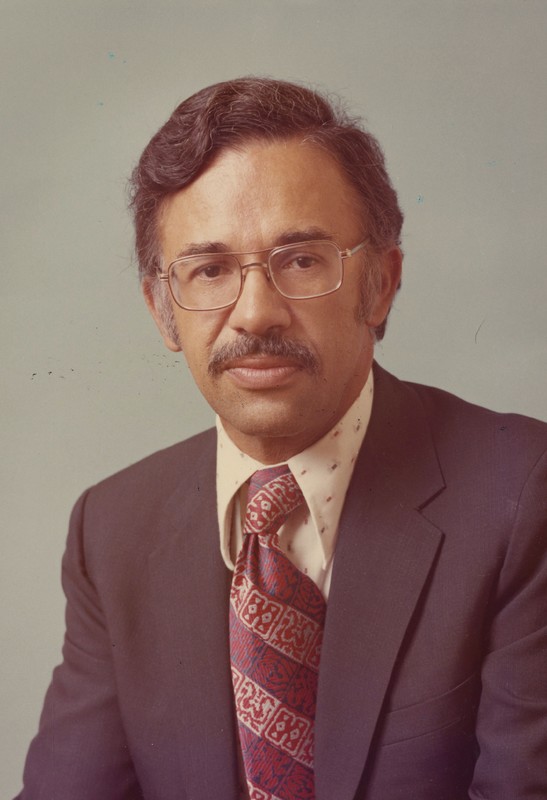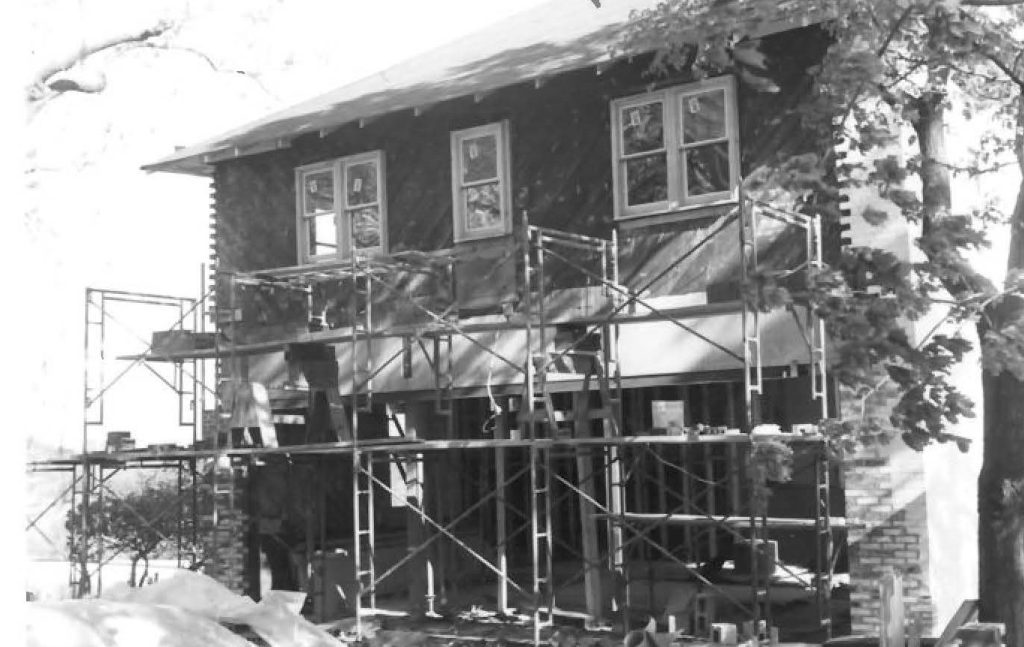» Preserving Heritage: An Internship Experience at the Avery Research Center
This post was written by Kanyisile Barrett, an Avery Research Center for African American History and Culture summer intern.
As a rising junior majoring in African American Studies with a minor in Women and Gender Studies at The University of South Carolina, I was thrilled to spend my summer interning at the Avery Research Center for African American History and Culture. This opportunity was particularly meaningful because my family has deep roots in Charleston and with Avery.

My great-grandfather, Herbert A. DeCosta, Jr., graduated from Avery in 1940 when it was still the Avery Normal Institute—a high school for black students in downtown Charleston. His passion for architecture was clear from an early age and was greatly influenced by his grandfather, Benjamin DeCosta, who started a construction business in 1899. At just 13, Herbert began working in the family business, officially founded in 1919 by his father, Herbert DeCosta, Sr., as the H.A. DeCosta Construction Company. He graduated with a B.A. in Agricultural Engineering from Iowa State College in 1944 and began working for the National Administration Committee for Aeronautics (now NASA). In 1947, he joined the family business, and by 1960, he was leading the company.
Under his leadership, the company undertook significant renovation and preservation projects across the Lowcountry and the greater South Carolina area, including apartments, churches, schools, and homes.
The company was known for restoring historic properties, which was truly my great-grandfather’s area of expertise. Even after his retirement in 1990, his passion for architecture persisted. He continued his work into the early 2000s, leaving a treasure trove of papers and blueprints. He passed away in 2008, but his wife Emily did not think his papers and blueprints should stay in storage forever, so she donated some of them to the Avery Research Center, where they are preserved.

Interning at Avery, I expected to learn a lot, but I did not anticipate gaining such a deep understanding of my great-grandfather’s contributions. My summer project involved creating a map documenting the sites within the collection, a journey that took me through countless property files and blueprints from 1935 to 2007. I organized this information into an Excel sheet and uploaded it to Google Maps, creating a color-coordinated map by date for easy understanding. The map revealed the true extent of his work, from Florida to Washington, D.C., but it was in Charleston where his impact was most profound. The entire peninsula of Charleston is dotted with markers representing the communities he built and preserved. This work is significant for Charleston’s architectural history and crucial for understanding African American history in the region. The biggest and most profound realization for me was that Herbert A. DeCosta, Jr.’s work was not just about constructing buildings but about preserving African American history and creating communities. His projects included sites of historical significance to the Black experience, such as St. Mark’s Episcopal Church, The Heritage Park Community, Burke High School, and Avery Research Center. Architecture often goes unnoticed in discussions about African American history, yet it plays a vital role in preserving our heritage and stories.

This internship was a remarkable journey into my family’s history and was truly an honor. The Avery Research Center is a treasure trove that allows me and others to continue telling the story of African American history in Charleston and beyond. It has been a privilege to contribute to this legacy and have an up-close and personal look at my great-grandfather’s incredible work.
His impact on Charleston and the greater South Carolina area is undeniable, and through this internship, I have gained a deeper appreciation for his unseen historical influence. I am grateful for the Avery Research Center’s role in preserving my family’s legacy and providing a platform to continue sharing these important stories.
Map
The map is a visual representation of DeCosta’s evolution as an architect. Starting in the 1930’s and ending in the early 2000’s. The map is color-coordinated based on the date of the document. Each layer denotes a location, type of institution, or if there is a date associated with the location.
Map Legend
Grey: No Date Provided
Orange: 1930
Maroon: 1940
Yellow: 1950
Green: 1960
Blue: 1970
Teal: 1980
Pink: 1990
Light Green: 2000
Image Credits
DeCosta Professional Headshot. Head Shots 1970’s-1980’s, Box: 264. H. A. DeCosta, Jr. papers, AMN 1084. Avery Research Center for African American History and Culture. https://findingaids.library.cofc.edu/repositories/3/archival_objects/42658 Accessed July 26, 2024.
Interior image of restored living/family room. Charleston, S.C. — Various: Photographs, Negatives, and Slides, Box: 171, Folder 7. H. A. DeCosta, Jr. papers, AMN 1084. Avery Research Center for African American History and Culture. https://findingaids.library.cofc.edu/repositories/3/archival_objects/42859 Accessed July 26, 2024.
Exterior image of an unknown building under renovation. Charleston, S.C. — Various: Photographs, Negatives, and Slides, Box: 171, Folder 5. H. A. DeCosta, Jr. papers, AMN 1084. Avery Research Center for African American History and Culture. https://findingaids.library.cofc.edu/repositories/3/archival_objects/42859 Accessed July 26, 2024.
